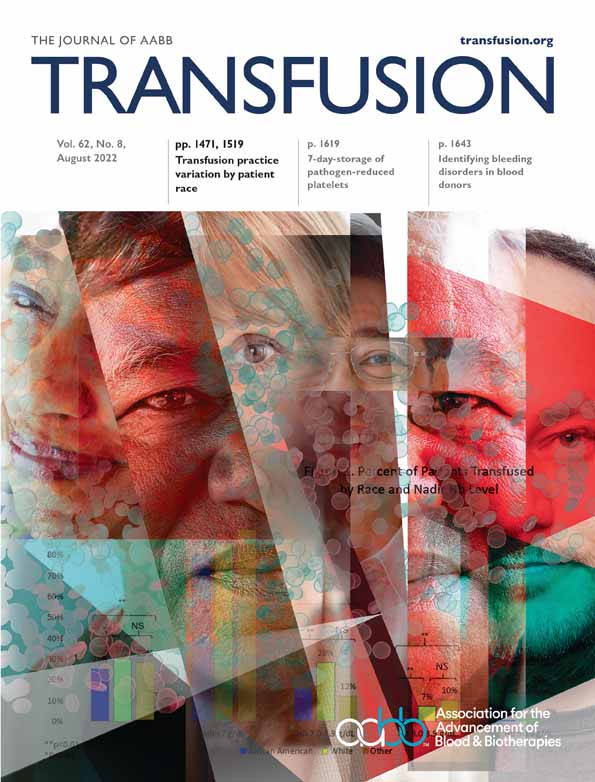The effect of temporary deferrals on donor return: A 26-year assessment in a setting without retention activities
Abstract
Background
Previous studies that describe the negative association between temporary deferrals and donor return rates commonly come from settings where mechanisms are in place to win back lapsing donors. There is little evidence on the size and prevalence of this negative association in settings with no such retention activities.
Study Design and Methods
We use data from more than 2 million donation attempts made at a blood collection agency in Brazil over a 26-year period. We describe the distribution of deferrals across donor demographic and behavioral characteristics, and estimate multivariate survival analysis models with matched samples to measure the impact of deferrals on return rates. We control for sex, race, age, education, donation type, number of previous attempts, previous donations, and previous deferrals. We test for heterogeneous effects in interaction models with selected donor demographic and behavioral characteristics.
Results
Temporary deferrals were associated with a 50% decrease in the likelihood of return. Although the effect was observed for all population subgroups and across the full length of the dataset, it varied in magnitude. The influence of deferrals was more negative among older donors and those reporting replacement motives, and less negative among more educated donors and those with a previous donation.
Discussion
We found that temporary deferrals meaningfully harm donor careers in a setting where specific retention activities are absent. Although the effects are widespread across the population and persistent in time, there are also heterogeneities, which must be considered when designing interventions targeted at wining-back specific groups of deferred donors.
CONFLICT OF INTEREST
The authors have no conflicts of interest to declare.




